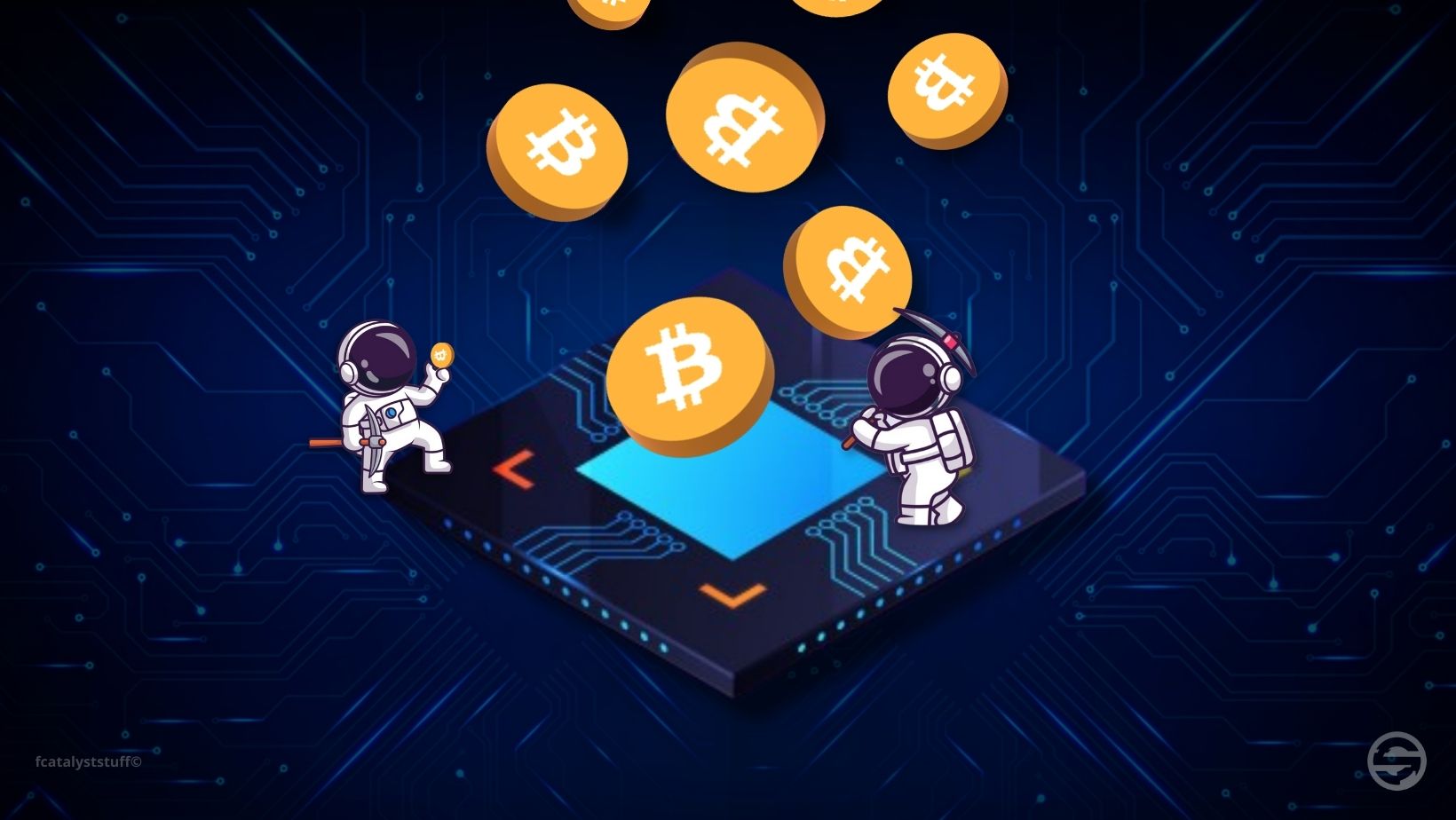
Table of contents
Introduction to cryptocurrency mining
The traditional banking system operates with fiat money created and distributed by financial institutions and government authorities. However, most cryptocurrencies do not rely on centralized entities to create new units of currency. Instead, cryptocurrencies use a process called mining, which follows predefined rules established by the cryptocurrency's protocol to generate new units. The rules are dictated by consensus algorithms that ensure transactions are validated correctly according to the rules defined by the protocol.
The role of miners in the security of the blockchain network
- Let's take Bitcoin as an example. The people who participate in the mining process are called miners. Miners collect unconfirmed transactions and organize them into a block, which they then attempt to validate. This process is important to ensure the security of the Bitcoin network.

The process for creating new blocks
When a miner creates a block, he includes a transaction that allows him to receive a reward for his work. This transaction is called a coinbase transaction and is usually the first transaction in a block. Next, all unconfirmed transactions are grouped together, each is hashed, and their outputs are matched. This process is repeated until a single hash is produced, called a root hash or root of the Merkle tree.
Proof of Work and Block Rewards in the Bitcoin Protocol
When Bitcoin transactions are made, they are grouped into blocks. Each block contains information about the transactions made and a hash that identifies the block. The process of creating a block involves miners, which are computers working to solve a complex mathematical puzzle. The miner who solves the puzzle first earns the right to confirm the block and receive a reward in Bitcoin. This process is called Proof of Work and serves to secure the Bitcoin blockchain.
The rewards for confirming a block are set to gradually decrease over time. The Bitcoin protocol defines the reward per block, which decreases every 210,000 blocks (about four years). The initial reward was 50 BTC per block, it is now 6.25 BTC and will be 3.125 BTC in 2024



 Blockchain, Bitcoin
Blockchain, Bitcoin 2023-03-14
2023-03-14
